Are you ready to unlock the secrets to a flaky pie crust? Understanding how to make the best pie dough can elevate your baking game to new heights. Pie dough is essential for creating delightful pies, whether sweet or savory, and using the right recipe ensures a successful outcome every time.
In this article, we will explore everything you need to know about pie dough, from the basic components to the best recipes and tips for achieving the perfect pie crust. Let’s dive in!
For great insights into vegan cooking, check out this Vegan Pie Dough Recipe to learn how to create a delicious crust without animal products.
If you’re interested in savory options, this Savory Pie Dough Recipe for Quiches can make your meals even more delightful!
Understanding Pie Dough
Pie dough, or pastry dough, serves as the foundation for a variety of pies. There are different types of pies that require different pie dough recipes, each contributing to the unique taste and texture of the dessert.
Types of Pies and Ingredients
Typical ingredients used in pie dough include:
- Flour (all-purpose, whole wheat, gluten-free)
- Fats (butter, shortening, lard)
- Liquid (water, milk, egg)
- Salt and sugar for flavor
Basic Components of Pie Dough
1. Flour
The type of flour you choose makes a significant difference in your pie dough. All-purpose flour is commonly used, while whole wheat adds a nutty flavor.
2. Fat
Utilizing the right fat is crucial. Different fats like butter, shortening, or lard influence the dough’s texture and flavor, making it flaky or rich.
3. Liquid
Liquids, such as cold water or egg, bind the ingredients together. The temperature of the liquid is vital, as using cold ingredients helps create that desired flakiness.
4. Salt and Sugar
Salt enhances flavor, while sugar is essential for sweet pie crusts. Knowing when to use each is pivotal in achieving the right balance.
Best Pie Dough Recipe
1. Classic Butter Pie Dough
Here’s a simple but delicious recipe for a classic butter pie crust.
Ingredients:- 2 ½ cups all-purpose flour
- 1 cup unsalted butter, chilled and cubed
- 1 teaspoon salt
- 1 tablespoon sugar
- 6-8 tablespoons ice water
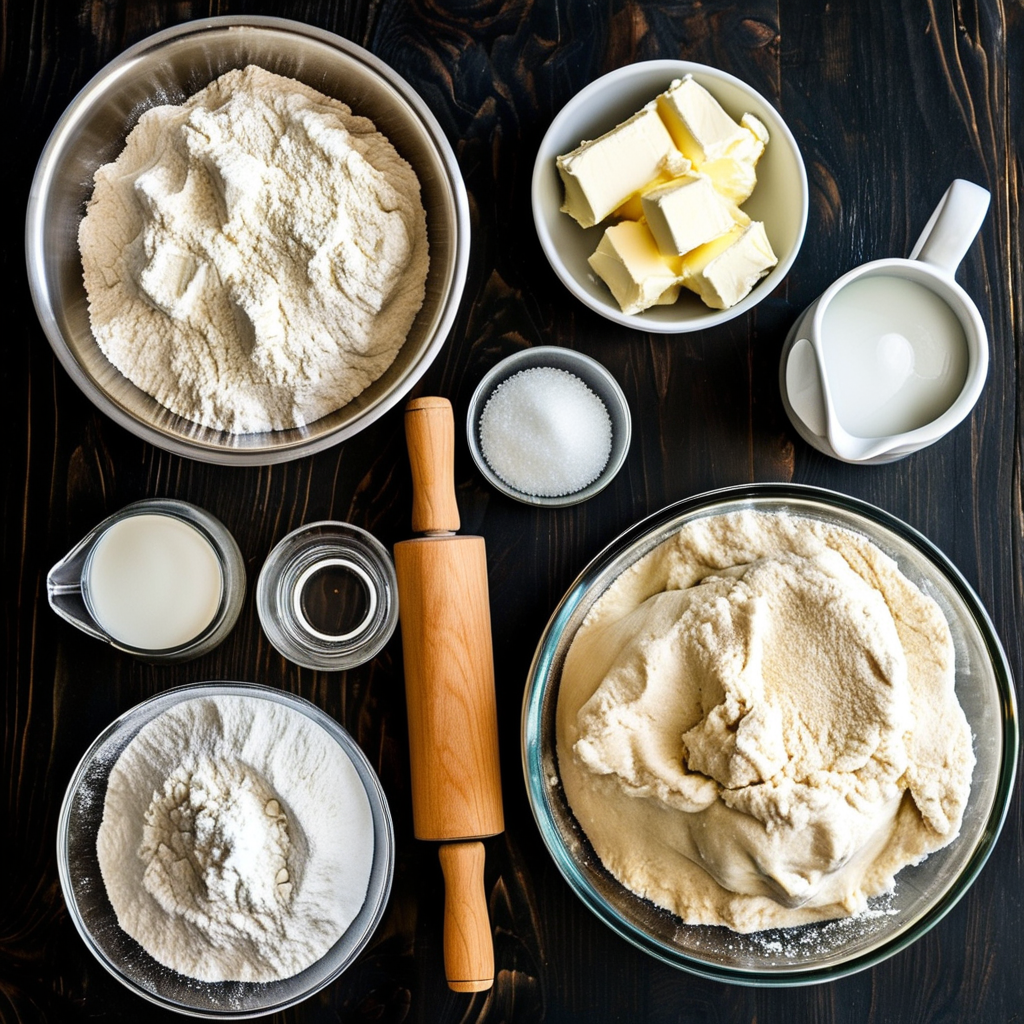 Instructions:
Instructions:- In a large bowl, mix the flour, salt, and sugar.
- Add the chilled butter and mix until the mixture resembles coarse crumbs.
- Stir in the ice water, one tablespoon at a time, until the dough comes together.
- Divide into two balls, wrap in plastic wrap, and chill for at least one hour.
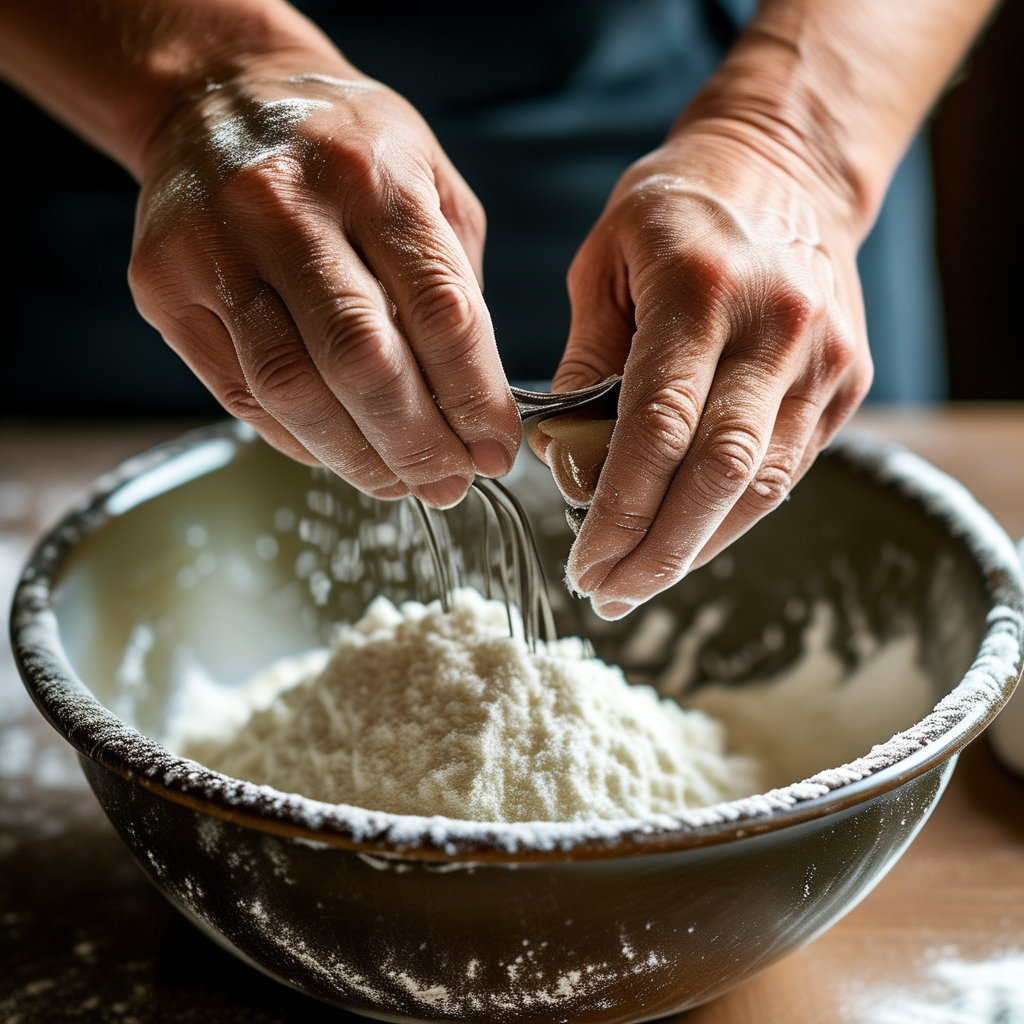
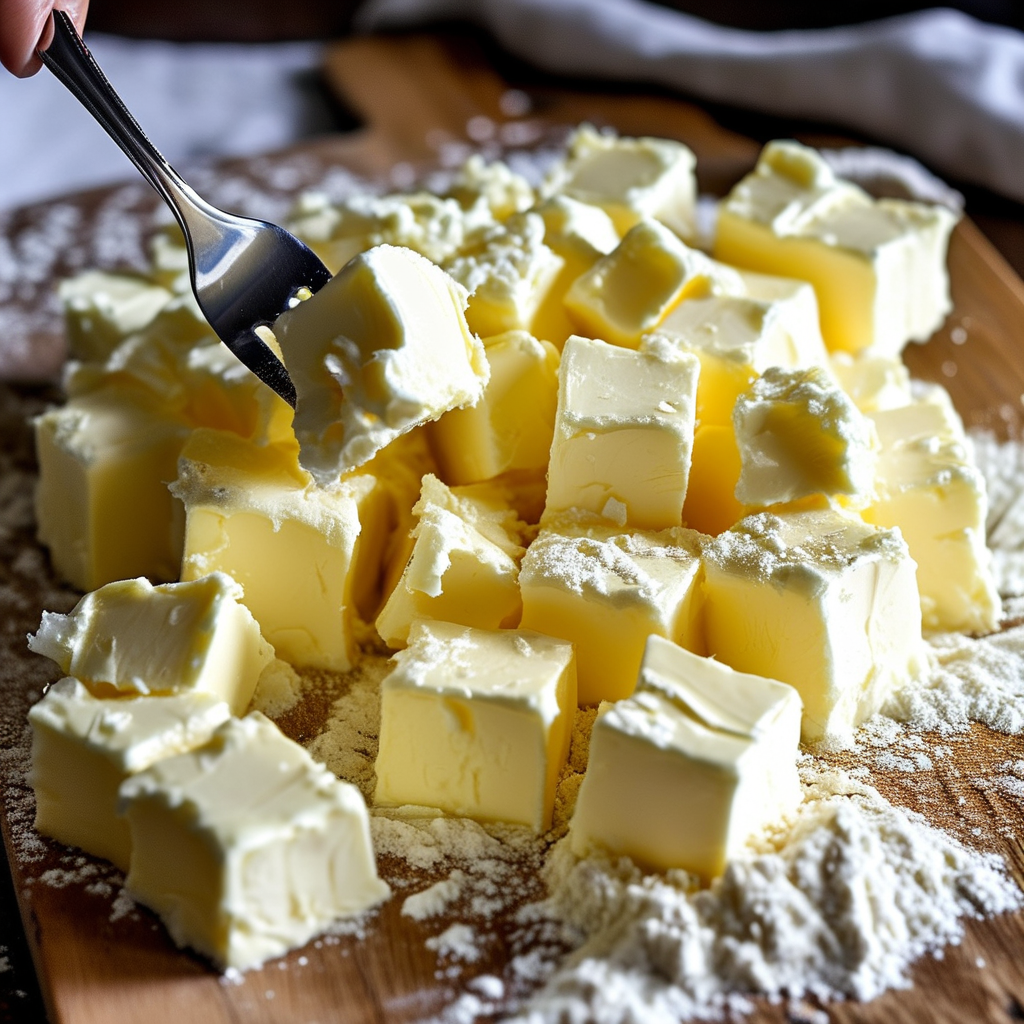
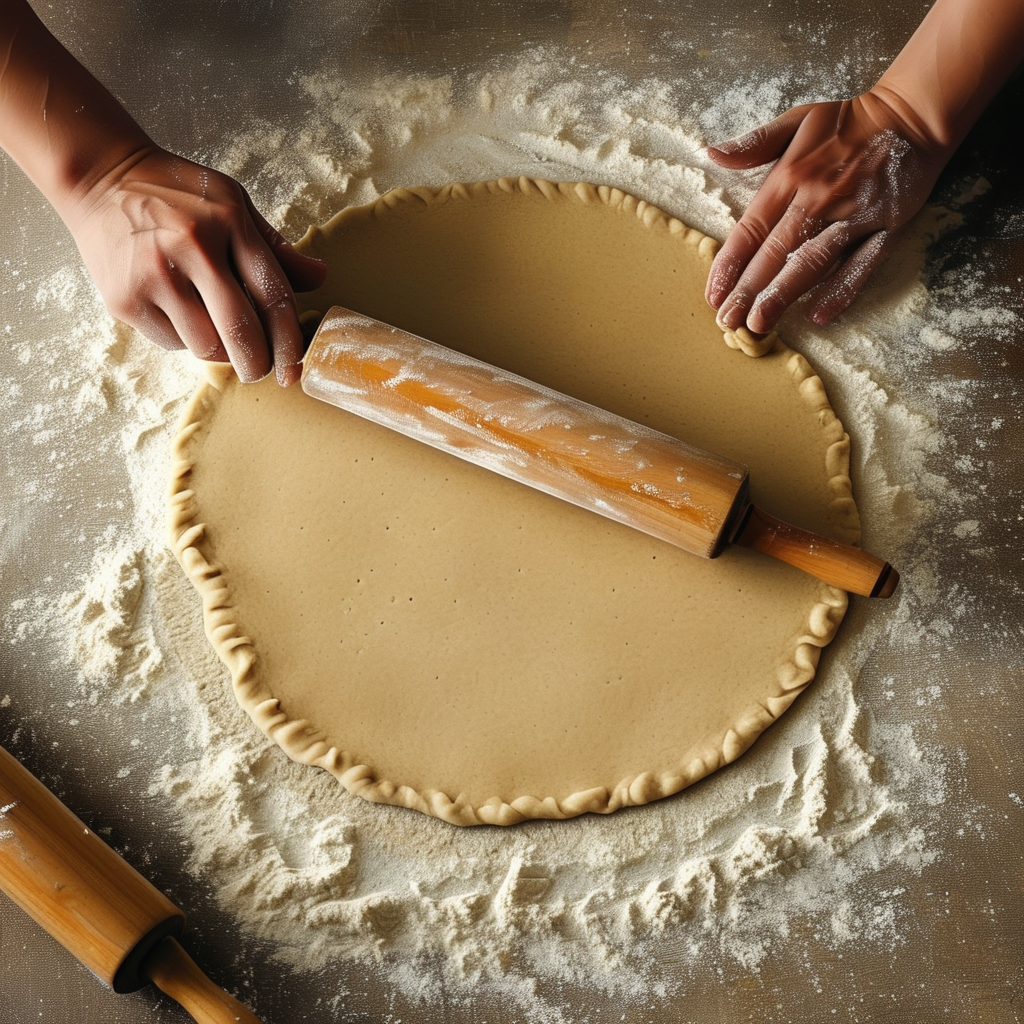
2. Variations for Different Dietary Needs
2.1 Gluten-Free Pie Dough
For those seeking a gluten-free option, swap the all-purpose flour for a gluten-free blend. Here is an easy method.
2.2 Vegan Pie Dough
Replace butter with vegetable shortening or coconut oil. Follow the classic recipe, using plant-based ingredients.
2.3 Savory Pie Dough (for quiches, etc.)
For a savory twist, reduce sugar and add herbs like thyme or rosemary to your ingredients. Perfect for quiches!
Tips for Perfect Pie Dough
To achieve that perfect crust, keep these tips in mind:
- Always use cold butter and water.
- Don’t overwork the dough.
- Chill the dough before rolling.
- Consider pre-baking if necessary.
Common Mistakes to Avoid
Avoid these pitfalls to ensure your pie crust comes out perfect:
- Overworking the dough.
- Incorrect measurements of ingredients.
- Not allowing the dough to rest.
- Skipping the chilling process.
FAQs About Pie Dough
What is the best flour to use for pie dough?
All-purpose flour is ideal for a flaky texture, while whole wheat adds a different flavor profile.
How do I prevent my pie crust from shrinking?
Chill your dough adequately before baking, and avoid stretching it while fitting it into your pie dish.
Can I use a food processor to make pie dough?
Yes, using a food processor can be an efficient way to combine your ingredients quickly.
How long can I store pie dough in the fridge or freezer?
Unbaked pie dough can be stored in the fridge for up to three days or frozen for up to three months.
What’s the difference between blind baking and par-baking?
Blind baking involves baking the crust without a filling, while par-baking is partially baking before adding the filling.
Recap the importance of choosing the right pie dough recipe, encouraging you to try variations and techniques to create your ideal pie crust!
Conclusion
Mastering the right pie dough recipe can transform your baking experience. Experiment with variations and embrace the art of pie making today!
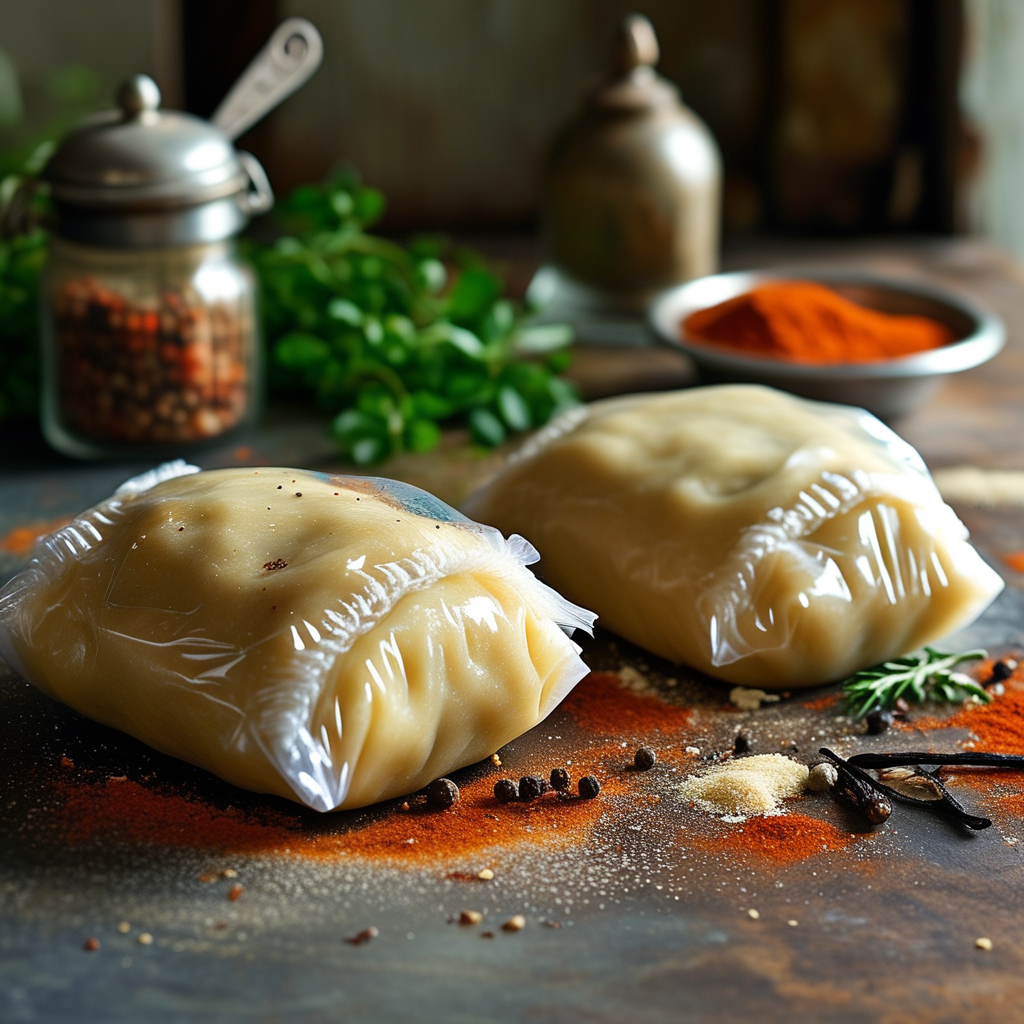
Related Recipes
Explore more delicious recipes on our site: Easy Pie Crust Recipe by Hand for a simple, hands-on alternative. For something sweet, try our Blueberry Cobbler Recipe—the perfect dessert to pair with your pie!